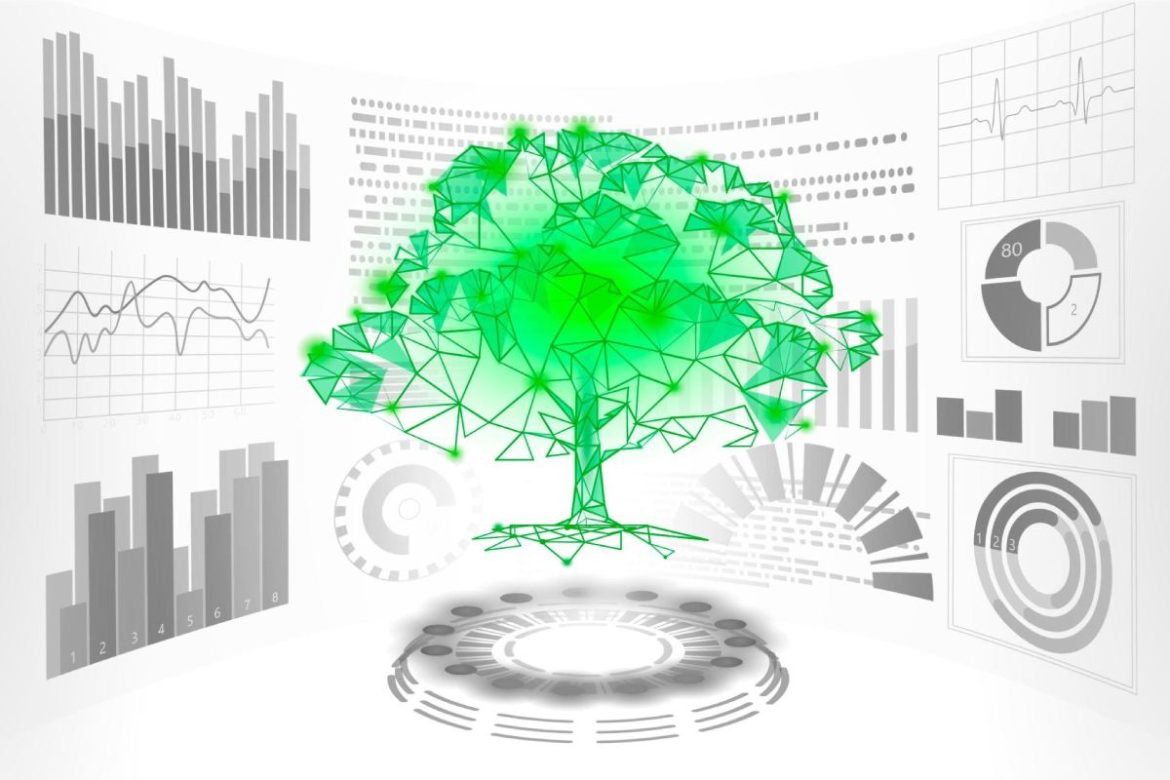In an era where data visualization has become an essential tool for understanding information, treemaps are one of the most efficient ways to represent complex hierarchical data. As a powerful tool to demonstrate different types of multi-dimensional data, treemaps help convey a lot of information without overwhelming the audience. This article delves into treemaps, their usefulness, and how to create one to help you understand and visualize your data. Keep reading to learn more.
Table of Contents
Decoding the Concept of Treemaps

Treemaps use a rectangular layout to represent data. The overall rectangle represents the entire dataset, divided into smaller rectangles. Each rectangle’s size corresponds to a specific attribute or value, allowing users to understand the relative proportion of data.
One of the key advantages of treemaps is their ability to display hierarchies within the dataset. The main rectangle represents the top-level category, then divided into smaller rectangles representing subcategories. This enables users to analyze the data at multiple levels and gain insights into the relationships between different categories.
Treemaps effectively visualize large and complex datasets, allowing users to identify patterns, outliers, and trends easily. By using color-coded or labeled rectangles, additional attributes or dimensions can be visualized, such as indicating the magnitude of a certain value.
The Utility of Treemaps in Data Visualization
Treemaps serve as an effective tool for exhibiting large amounts of hierarchically structured data. Because of their design, thin lines of data that might get lost in traditional bar graphs or pie charts stand out in a treemap visualization. Furthermore, they’re an excellent way of identifying patterns in data due to the visualization of hierarchical organization through the nesting of rectangles.
In a business setting, treemaps can be invaluable. For example, if a sales manager wants to identify which products generate the most revenue and their distribution across different regions, a treemap could quickly and visually deliver this information. Each region could be a large rectangle with products represented as nested rectangles inside each region. And the size and color of the rectangles could indicate the total sales and profit margin, respectively.
Creating a Treemap: A Guided Approach
Creating a treemap involves several systematic steps, which begin with data collection. Once the data has been collected, you need an effective way to manage and analyze it. The general process involves entering your data, deciding the hierarchy to be displayed, and choosing your design scheme.
Creating the treemap is straightforward after the initial setup and organization of data. However, post-creation, time should be spent to enhance your treemap’s readability and visual appeal. This could involve adjusting the color scheme to one that best communicates your data, adding labels, and tweaking the layout. Thus, until you’ve created a map that clearly and effectively communicates your complex data.
Enhancements and Limitations of Treemaps

While treemaps are a powerful tool for data visualization, they’re not without limitations. For instance, treemaps may not be suitable when you have a small amount of data or when the data doesn’t have a hierarchical structure.
However, there are ways to enhance the usability of treemaps. Using interactive features can allow users to engage more deeply with the data. Many treemap tools offer interactive features such as zooming and filtering that can help users dig into the data more meaningfully.
Treemaps are a versatile and efficient tool for data visualization. Despite their complexity and potential limitations to the untrained eye, their capacity for illustrating complex, hierarchical data makes them an asset. By understanding their structure and design principles, treemaps can be harnessed to communicate relevant information more effectively.


